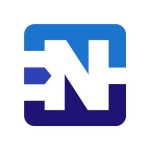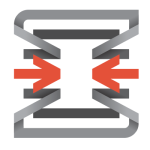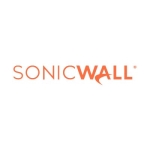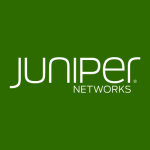What is our primary use case?
Check Point is currently our perimeter firewall at various locations. We use their failover clustering with high availability option, which performs flawlessly. Upgrades are easy to perform and have always worked reliably for us. Technical support is always available to assist with these operations, which makes the process less stressful to the admins.
We are also using their ISP Redundancy feature, which works as advertised - perfectly! It's easy to implement, especially with the awesome documentation from our engineer. We also use their Remote Access VPN offering and have really seen its value this past year, due to COVID-19. The VPN has been 100% rock solid, especially during the most critical times in our history.
How has it helped my organization?
As mentioned in the primary use case question, ISP Redundancy and VPN are the two primary use cases. When the pandemic hit, a sudden shift to a remote workforce was a major requirement for us, and we needed a reliable and stable firewall. Implementing ISP Redundancy helped ensure that, as well as having a tried and tested VPN solution. Upgrades have occurred during this time and manually planned failovers as well; every upgrade and test went smoothly and without issue. The last thing we could afford is an outage.
What is most valuable?
They offer very scalable solutions to extend compute resources if needed so initial sizing isn't too much of an issue as you can easily add more resources if needed. Reliability is a major factor in any hardware or software solution, and Check Point uses leading-edge hardware, and their software upgrade process is flexible for various deployment requirements.
Policy configuration has been consistent over the years, so there is not much of a learning curve as upgrades are released.
Their threat analysis reporting from their management console is very comprehensive and easy to use. Their web-based dashboard is well designed and offers many out-of-the-box reporting, and provides admins extensive customizations.
What needs improvement?
The pricing is on the high end, specifically with the software licensing, although they are flexible on some levels, and offer hardware buyback options when upgrading.
The software licensing model is too complicated with all the various tiers of SKUs (i.e. per software blade). They need to simplify this for easier purchasing and renewing.
Customer support is not always as responsive with solutions as you might need. They do provide on-the-spot assistance when upgrading, which is great. However, there are times when an issue is reported and it may take a week or two before a solution is provided.
For how long have I used the solution?
We have been using Check Point firewalls for 20+ years. We originally used the Nokia hardware platform, which was not technically NGFW at the time, however, the OS and its configuration have maintained some similarities over the years. It keeps getting better every release.
What do I think about the stability of the solution?
Lately, stability is 100% reliable. Earlier generation firewalls were a bit unreliable, however, as Check Point acquired third-party hardware. For example, their Nokia acquired security appliances had a firmware that worked, until they started to modify the firmware (IPSO 6.0 was solid, but problems started with our upgrade to R75), then it became less stable; frequent crashes, settings not saving, high availability issues, frequent reboots required. Eventually, we upgraded to their NGFW offerings. Their newer hardware, and firmware R77.x was released, and we have been stable ever since. Upgrades to R80.x have been flawless, HA works as expected, and we have had zero performance issues.
What do I think about the scalability of the solution?
They are very scalable. If you need more computing resources, adding more hardware is easily done.
How are customer service and support?
Customer support is not always as responsive to finding solutions as you might need. They do provide on-the-spot assistance when upgrading, which is great. However, there are times when an issue is reported and it may take a week or two before a solution is provided.
How would you rate customer service and support?
Which solution did I use previously and why did I switch?
We have always used Check Point.
How was the initial setup?
Setup was very straightforward and easy. We did have the assistance of our Check Point engineer, which is just awesome.
What about the implementation team?
We implemented through Check Point directly.
What was our ROI?
I do not measure ROI financially, although personally speaking, we have definitely gotten back every dollar we've spent by having reliable and secure infrastructure.
What's my experience with pricing, setup cost, and licensing?
The setup cost is not a challenge at all. Check Point engineers work directly with you throughout the whole process. The pricing is high, for the hardware and software, although discounts are negotiable. The software blade licensing is broken down into many flavors, depending on your needs. It is very a la carte and provides various product offerings, including endpoint management, VPN, disk encryption, etc.
Which other solutions did I evaluate?
We did review a few competitors during a possible migration plan. The proof of concept did not yield better results, so we stayed with Check Point. We reviewed Cisco, Palo Alto, and SonicWall.
What other advice do I have?
If you don't need/use their a la carte software blades (FDE, Ransomware, etc.) you can always add on later. They are very accommodating with trial licensing to test in a proof of concept way. If you already have other third-party products that perform those functions, you can bundle Check Point's and save a bit of money consolidating them.
Which deployment model are you using for this solution?
On-premises
Disclosure: My company does not have a business relationship with this vendor other than being a customer.
















